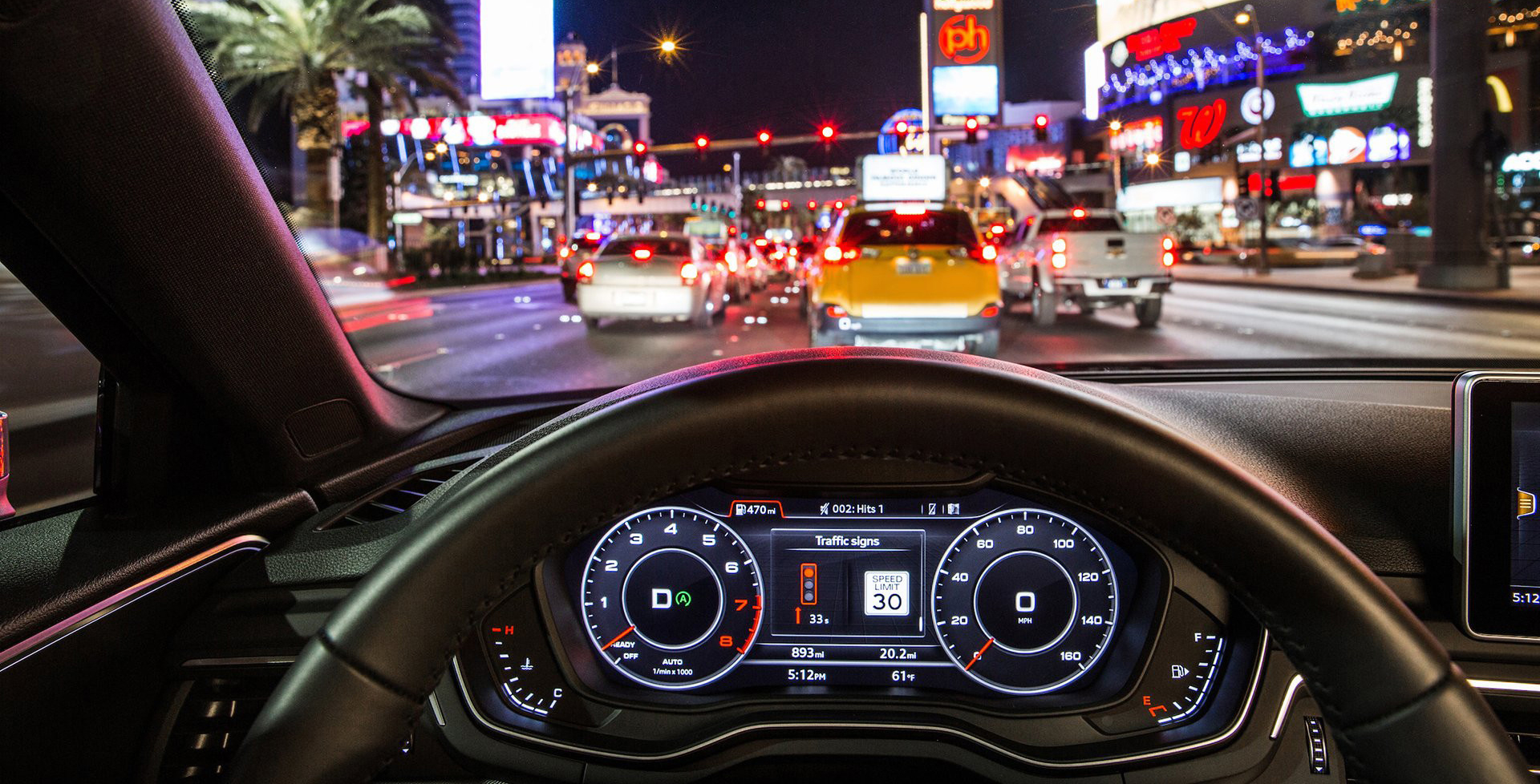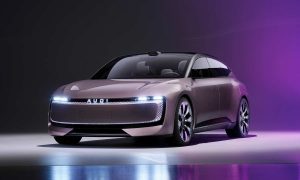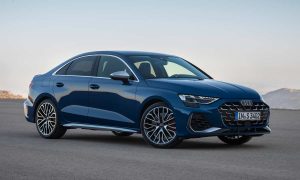Imagine you’re stuck behind a pile of cars, trucks and buses at a signal, and you’ve no idea when the light is gonna turn green, or if it has turned green already; and so are many other drivers around you, resulting in delayed start-up of the vehicles and ultimately contributing to the slow movement or traffic jam, as well as causing an impact on the environment.
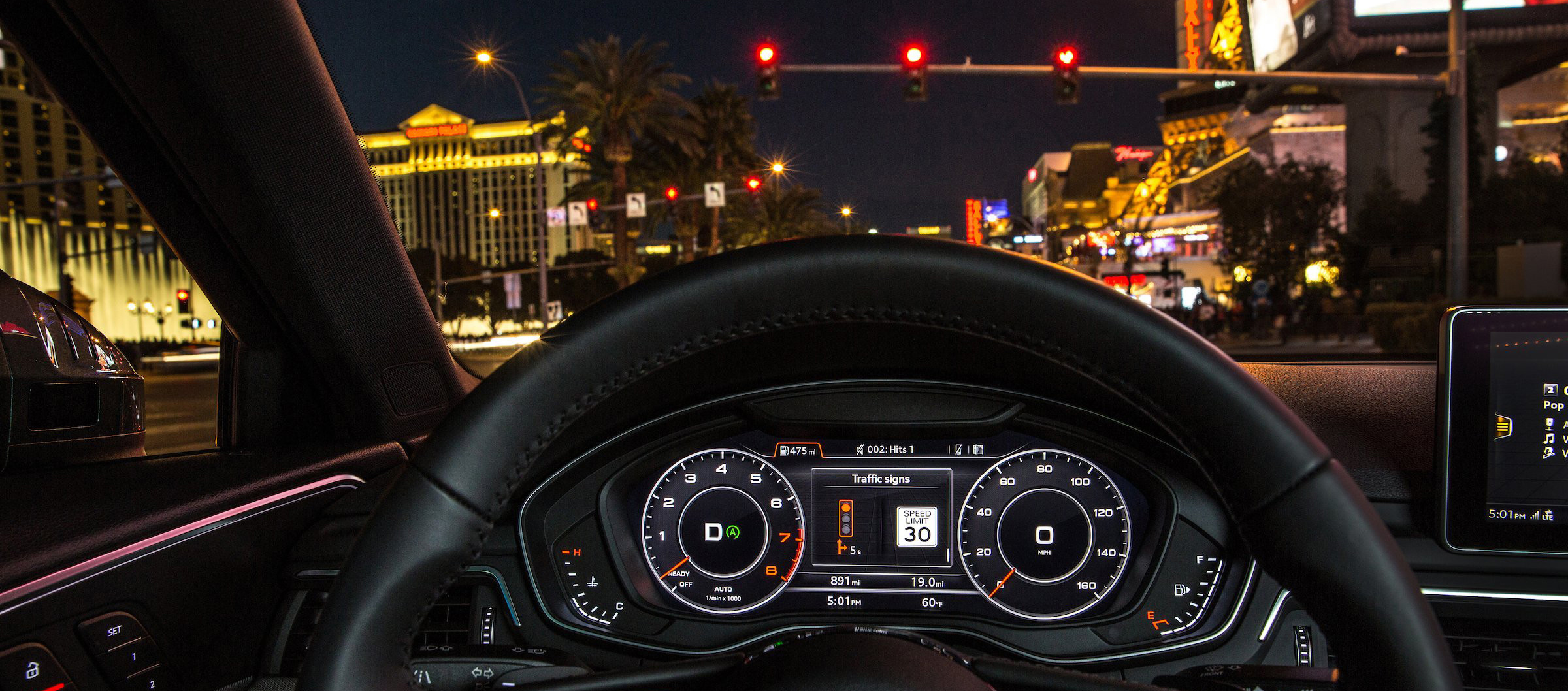
But if you’re in Las Vegas with a new Audi, your driving is gonna be more relaxed and efficient. Audi claims to be the first automaker to launch Vehicle-to-Infrastructure (V2I) service, starting immediately in Las Vegas. The 2017 Audi A4, Q7, and Allroad models will display traffic-light phases directly in the car’s instrument cluster, letting drivers know how soon they’ll need to start driving again.
Audi of America is partnering with several cities in North America to upgrade the infrastructure for V2I technology. “For the first time, our cars are exchanging data with traffic infrastructure in real-time. Drivers can adapt their behavior to the situation and move through city traffic in a much more relaxed and controlled way,” said Andreas Reich, head of Electronics Pre-Development at Audi. “We increase energy efficiency when we connect our Audi models to smart cities. Further V2I services will follow, making the car into an interactive mobile device. We see autonomous driving as the end of this development,” he added.
As a first step, all Audi A4 and Q7 models produced for the U.S. market since June 2016 and equipped with Audi connect will have this function on board. In the U.S., municipal traffic management centers will communicate the traffic-light data to Audi’s project partner Traffic Technology Services TTS. Here the data is prepared and sent to the onboard computer in the Audi via a fast Internet connection, 4G/LTE for example, in real-time.
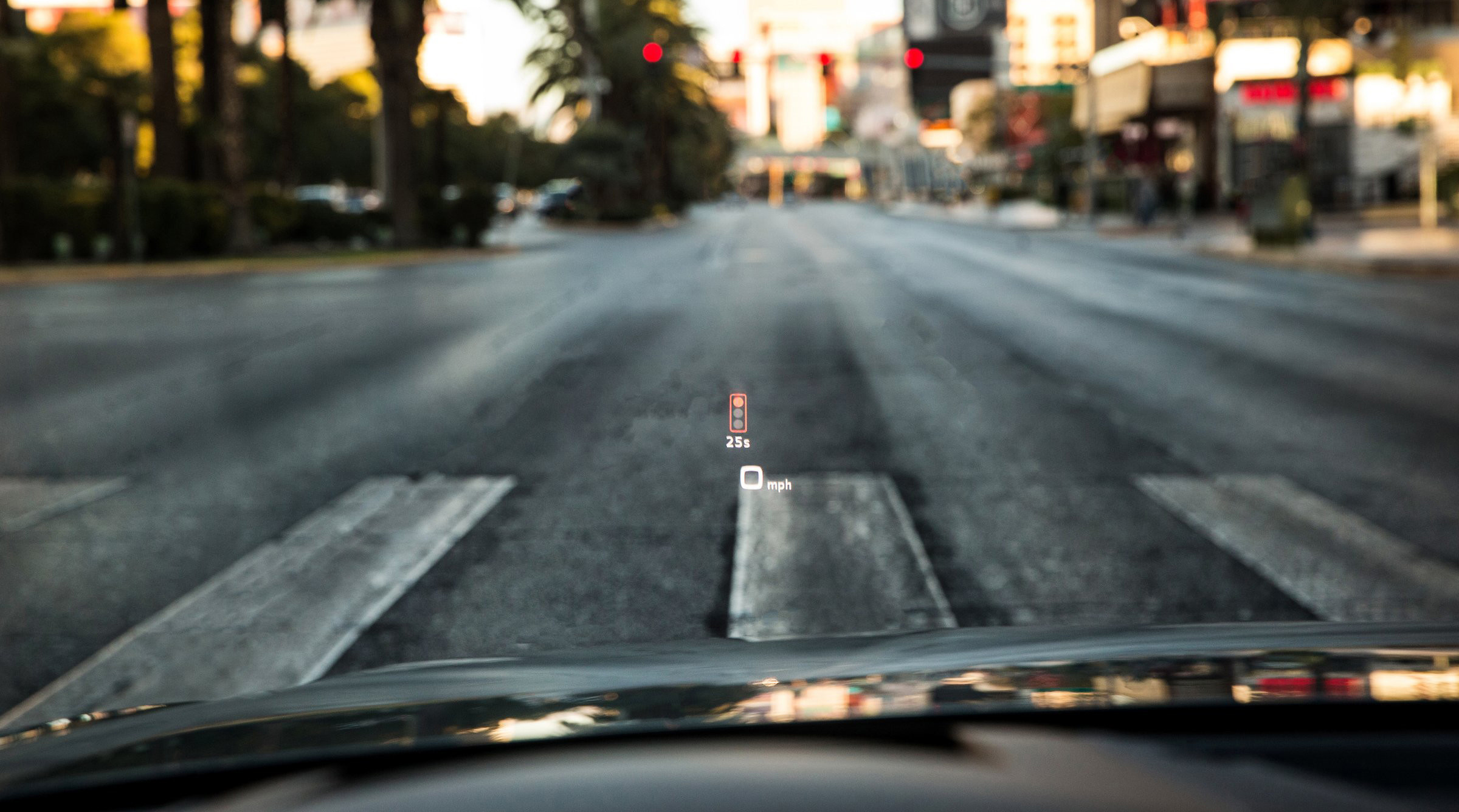
The first function of the Traffic Light Information V2I component is called Time-to-Green. In the Audi virtual cockpit or head-up display, drivers see whether they will reach the next light on green while traveling within the permitted speed limit. If not, a countdown is provided of the time remaining until the next green phase – and drivers can take their foot off the gas pedal in good time.
Audi says, pilot projects in Europe have shown that drivers exercise more foresight, thanks to this information about traffic lights. This has a beneficial overall effect on traffic flow. “In our tests, the number of cars that had to brake to a standstill in traffic fell by around 20 percent. This saved time for the driver and also made fuel savings of about 15% in the pilot project,” said Michael Zweck, project manager for Audi Traffic Light Information.
Audi hopes this investment in traffic-light systems will also benefit customers of other brands in the future. Traffic Light Information could be linked up to smart navigation and used for new powering concepts. For example, “green waves” in traffic-light sequences could be incorporated into route planning. It is also conceivable that Audi e-tron models could make greater use of braking energy by charging the battery as they decelerate at a red light.
Audi also intends to introduce the technology in Europe. In Berlin, Ingolstadt, Garmisch-Partenkirchen and Verona, there have already been extensive pilot projects. In Berlin alone, some 700 traffic lights in the inner city have been connected to the service. Across Europe, however, unified data standards and digital infrastructure do not exist.
“In Europe, highly diverse traffic technology is in use, as the infrastructure has developed locally and decentrally. We are working on harmonization of the data that have been prepared. After that has been done, we can provide Traffic Light Information in Europe too,” added Zweck.

Leave a Reply
Note: Comments that are unrelated to the post above get automatically filtered into the trash bin.
